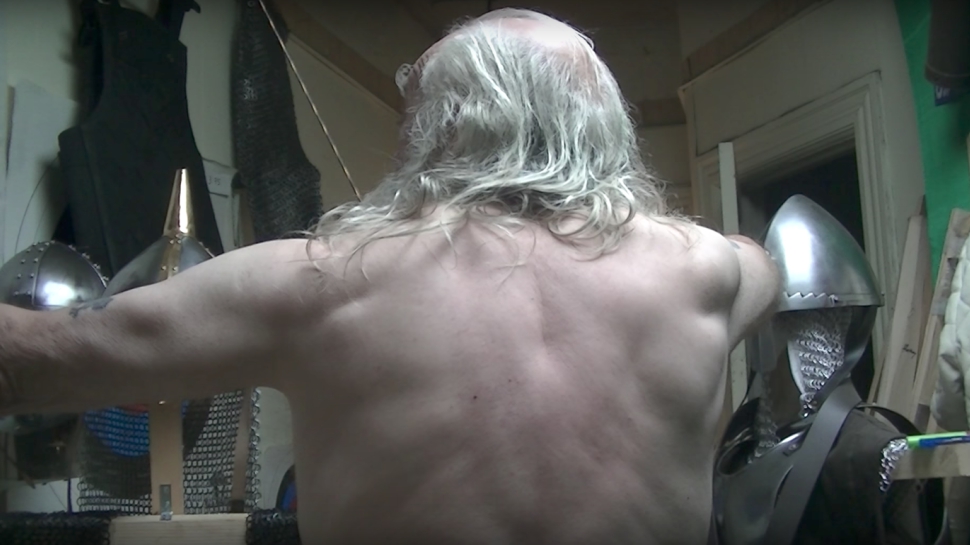My understanding of research into this is that tendons do not really get larger, but they can and will increase in collagen content, and depending on how you train will become stiffer or more elastic. Longer holds increase stiffness, shorter jolts increase elastic rebound. I do both, so I have no idea what the effect might be. I have noticed an increase in hand speed during infrequent shadow boxing, but is undoubtedly more related to firing speed than tendon adaptation.
Objective: The purpose of this study was to analyze the biochemical changes in the joint fluid, and pain relief resulting from isometric quadriceps ex…

www.sciencedirect.com
This article mentions a whole slew of responses in the joint from isometric resistance.
There is also proven analgesic effect from isometrics.
Is possible I was on a trajectory to gain relief from some of my joint pains anyway, but everything has improved. That includes fascia arthritis in my lower back, golfers elbow, torn meniscus, patellar tendonitis. Sounds like snake oil…


